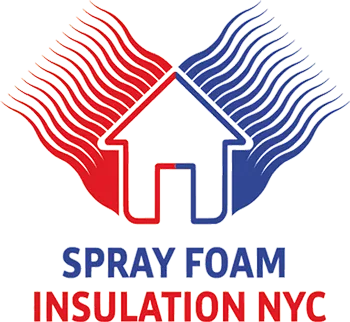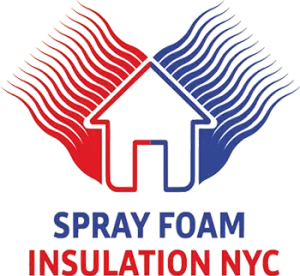R-value 49 Insulation and Its Applications
Insulation is a critical component in building energy efficiency. Homeowners and contractors alike are constantly seeking ways to enhance thermal performance, reduce energy costs, and maximize comfort. One such way is by using high R-value insulation, such as R49. This listicle will provide insights into R49 insulation, its applications, and why it might be the solution you need for your next project.
What Is R49 Insulation?
R49 insulation boasts a high resistance to heat flow, making it an excellent choice for areas where superior insulation is crucial. The “R” in R49 stands for thermal resistance, with higher numbers indicating better insulation properties. This makes R49 particularly effective in reducing energy transfer, which can significantly enhance a building’s energy efficiency.
Understanding R-values
To appreciate R49 insulation, you need to understand R-values. An R-value measures how well a material resists heat flow. The higher the R-value, the better the insulation. R49 is considered a very high R-value, which suggests exceptional thermal resistance. This makes it ideal for spaces where maximum energy efficiency is necessary.
Where to Use R49 Insulation
While not common in standard residential settings due to its high cost and bulk, R49 insulation finds its place in:
- Attics and Roof Assemblies: In energy-efficient homes, R49 is often used in attics or roof systems to combat significant heat loss that typically occurs in these areas.
- Specialized Buildings: R49 is perfect for commercial applications like cold storage facilities or research stations, where temperature control is critical.
- High-Performance Homes: Rarely, extremely energy-conscious residential projects may use R49 for maximum energy conservation.
Benefits of R49 Insulation
R49 insulation offers several advantages:
- Energy Efficiency: By providing superior thermal resistance, R49 can dramatically reduce heating and cooling costs.
- Cost Savings: Although the initial investment is higher, the long-term savings on energy bills can be substantial.
- Environmental Impact: Enhanced energy efficiency translates to a reduced carbon footprint, making R49 an eco-friendly option.
Installation Considerations
Proper installation is key to maximizing the benefits of R49 insulation:
- Professional Installation: Given the complexity and cost of R49, hiring experienced contractors is advisable.
- Avoiding Gaps: Ensure there are no gaps or compressions, as these can drastically reduce effectiveness.
- Spray Foam Applications: If using spray foam to achieve R49, be mindful of potential complications such as off-gassing and moisture trapping.
Maintenance and Longevity
Maintaining the effectiveness of R49 insulation requires regular checks:
- Inspect for Damage: Regularly inspect for signs of water damage or pest infestation.
- Periodic Evaluation: Over time, settle and compaction can occur, so periodic evaluations ensure the insulation remains at peak performance.
Cost Analysis
Despite its higher upfront cost, R49 insulation offers significant savings over time:
- Initial Investment vs. Long-term Savings: While the initial purchase and installation costs are higher, the reduction in energy bills can offset these expenses over time.
- Government Incentives: Look into any available incentives or rebates for using high R-value insulation to help reduce initial costs.
In conclusion, R49 insulation is an investment in your property’s efficiency and sustainability. While it may not be necessary for every project, its benefits in the right applications are undeniable. For homeowners and contractors looking to enhance energy efficiency, explore R49 as a viable option. If you’re considering using R49 insulation in your next project, consult with professionals to tailor the best solution for your needs.





